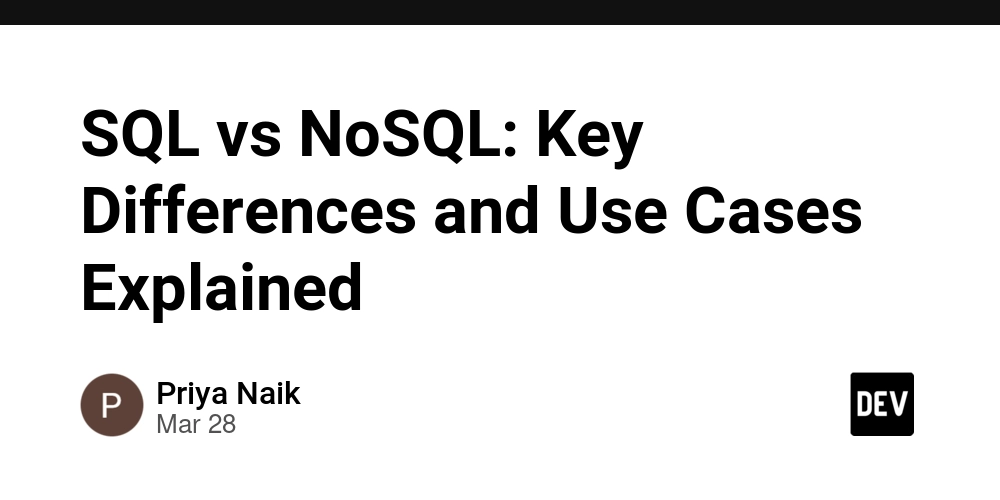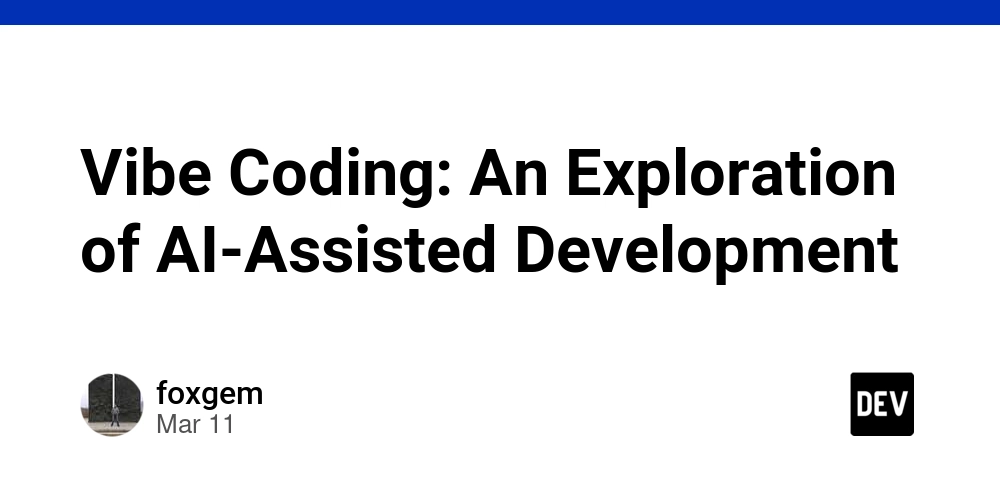SQL vs NoSQL: Key Differences and Use Cases Explained
SQL (Structured Query Language) and NoSQL (Not Only SQL) are two types of database management systems that store and manage data differently. SQL databases are relational, meaning data is stored in structured tables with predefined schemas. They use SQL to perform operations such as querying, updating, and managing data. Common examples of SQL databases include MySQL, PostgreSQL, and Oracle. SQL is ideal for applications requiring complex queries, transactions, and data consistency. Developers often use DML Commands in SQL like SELECT, INSERT, UPDATE, and DELETE to manipulate data efficiently. On the other hand, NoSQL databases are non-relational and offer more flexibility by storing data in various formats such as key-value pairs, documents, wide-columns, and graphs. Popular NoSQL databases include MongoDB, Cassandra, and Redis. NoSQL is best suited for handling large volumes of unstructured or semi-structured data, making it ideal for applications like real-time analytics, big data, and IoT. While SQL provides strong consistency and is perfect for structured data, NoSQL offers high scalability and flexibility, making it a preferred choice for dynamic, evolving data structures. Understanding the strengths and limitations of both helps developers choose the right database based on the requirements of their applications.

SQL (Structured Query Language) and NoSQL (Not Only SQL) are two types of database management systems that store and manage data differently. SQL databases are relational, meaning data is stored in structured tables with predefined schemas. They use SQL to perform operations such as querying, updating, and managing data. Common examples of SQL databases include MySQL, PostgreSQL, and Oracle. SQL is ideal for applications requiring complex queries, transactions, and data consistency. Developers often use DML Commands in SQL like SELECT, INSERT, UPDATE, and DELETE to manipulate data efficiently.
On the other hand, NoSQL databases are non-relational and offer more flexibility by storing data in various formats such as key-value pairs, documents, wide-columns, and graphs. Popular NoSQL databases include MongoDB, Cassandra, and Redis. NoSQL is best suited for handling large volumes of unstructured or semi-structured data, making it ideal for applications like real-time analytics, big data, and IoT.
While SQL provides strong consistency and is perfect for structured data, NoSQL offers high scalability and flexibility, making it a preferred choice for dynamic, evolving data structures. Understanding the strengths and limitations of both helps developers choose the right database based on the requirements of their applications.











































































































































































![[The AI Show Episode 142]: ChatGPT’s New Image Generator, Studio Ghibli Craze and Backlash, Gemini 2.5, OpenAI Academy, 4o Updates, Vibe Marketing & xAI Acquires X](https://www.marketingaiinstitute.com/hubfs/ep%20142%20cover.png)




























































































































![[DEALS] The Premium Learn to Code Certification Bundle (97% off) & Other Deals Up To 98% Off – Offers End Soon!](https://www.javacodegeeks.com/wp-content/uploads/2012/12/jcg-logo.jpg)


![From drop-out to software architect with Jason Lengstorf [Podcast #167]](https://cdn.hashnode.com/res/hashnode/image/upload/v1743796461357/f3d19cd7-e6f5-4d7c-8bfc-eb974bc8da68.png?#)








































































































.png?#)























.webp?#)










_Christophe_Coat_Alamy.jpg?#)
 (1).webp?#)




































































































![Apple Considers Delaying Smart Home Hub Until 2026 [Gurman]](https://www.iclarified.com/images/news/96946/96946/96946-640.jpg)
![iPhone 17 Pro Won't Feature Two-Toned Back [Gurman]](https://www.iclarified.com/images/news/96944/96944/96944-640.jpg)
![Tariffs Threaten Apple's $999 iPhone Price Point in the U.S. [Gurman]](https://www.iclarified.com/images/news/96943/96943/96943-640.jpg)



































































































































